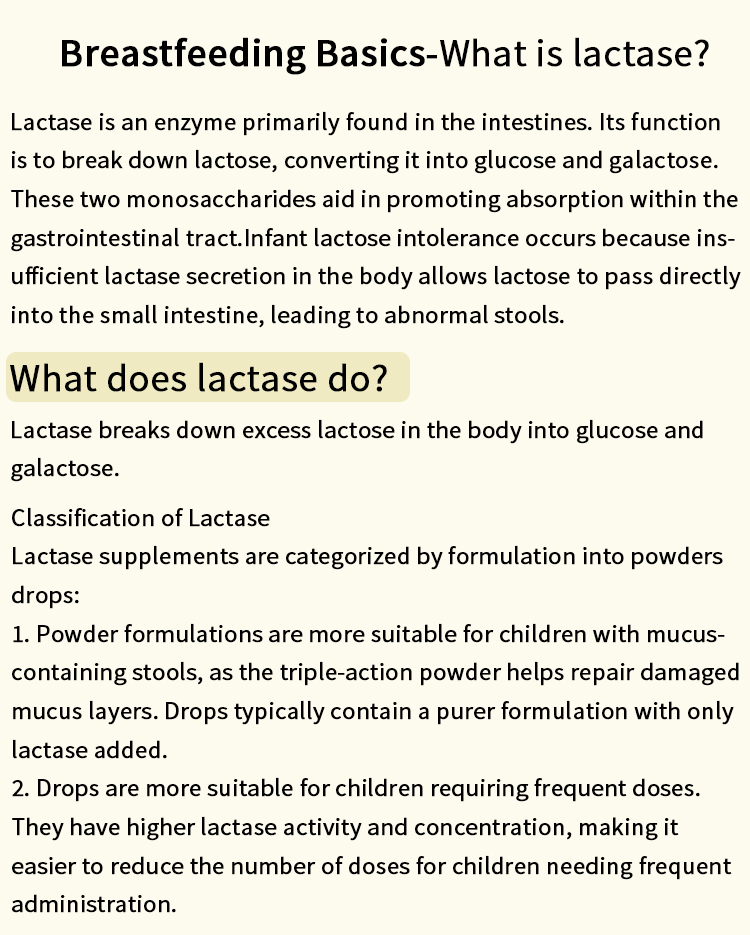When it comes to constructing or renovating a building, one of the most critical aspects to consider is insulation, particularly for concrete floors. Insulation not only enhances energy efficiency but also contributes to comfort and moisture control within a space. A common question that arises in this context is: What is the minimum thickness of insulation for a concrete floor? This article delves into the factors influencing insulation thickness, the recommended standards, and practical considerations for achieving optimal thermal performance.
Understanding the Importance of Insulation Thickness
Insulation thickness is pivotal in determining the thermal resistance (R-value) of a floor system. The R-value measures how well a building material resists heat flow; the higher the R-value, the better the insulation. For concrete floors, which are inherently conductive, adequate insulation is crucial to prevent heat loss in winter and heat gain in summer. Insufficient insulation can lead to increased energy costs, discomfort, and potential moisture issues.
Factors Influencing Minimum Insulation Thickness
- Climate Zone: The geographical location of a building significantly impacts insulation requirements. For instance, colder climates necessitate thicker insulation to maintain indoor temperatures, while warmer regions may require less. The U.S. Department of Energy provides guidelines based on climate zones, which can be a useful reference.
- Building Codes and Standards: Local building codes often dictate minimum insulation requirements. These codes are designed to ensure safety and energy efficiency. For example, the International Energy Conservation Code (IECC) outlines specific R-value requirements based on climate zones, which can help determine the minimum thickness of insulation for concrete floors.
- Type of Insulation Material: Different insulation materials have varying R-values per inch of thickness. Common materials used for insulating concrete floors include expanded polystyrene (EPS), extruded polystyrene (XPS), and rigid fiberglass. Understanding the R-value of the chosen material is essential for calculating the necessary thickness to achieve the desired thermal performance.
- Flooring Type: The type of flooring installed over the concrete can also influence insulation thickness. For instance, tile or stone flooring may require additional insulation to mitigate cold transfer, while carpet may provide some inherent insulation.
Recommended Minimum Thickness
While the specific minimum thickness of insulation for a concrete floor can vary based on the aforementioned factors, general guidelines suggest the following:
- For Cold Climates: A minimum insulation thickness of 2 to 4 inches is often recommended to achieve an R-value of 10 to 20, depending on the specific climate zone and building codes.
- For Moderate Climates: In these areas, a thickness of 1 to 2 inches may suffice, providing an R-value of 5 to 10.
- For Warm Climates: Insulation thickness can be as low as 1 inch, focusing more on moisture control than thermal resistance.
Practical Considerations for Installation
- Moisture Management: When insulating concrete floors, it is crucial to consider moisture barriers. Concrete is porous, and without proper moisture management, insulation can become compromised. Installing a vapor barrier beneath the insulation can help prevent moisture intrusion.
- Installation Techniques: Proper installation is key to maximizing insulation effectiveness. Ensure that insulation boards are tightly fitted with no gaps, as air leaks can significantly reduce thermal performance.
- Energy Audits: Conducting an energy audit can provide insights into specific insulation needs for a building. This assessment can help identify areas of heat loss and inform decisions regarding insulation thickness.
Conclusion
Determining the minimum thickness of insulation for a concrete floor is not a one-size-fits-all solution. It requires careful consideration of climate, building codes, insulation materials, and flooring types. By understanding these factors and adhering to recommended guidelines, builders and homeowners can ensure their concrete floors are adequately insulated, leading to enhanced energy efficiency, comfort, and long-term savings. Investing in the right insulation thickness is not just a construction decision; it is a commitment to sustainable living and energy conservation.





+ There are no comments
Add yours